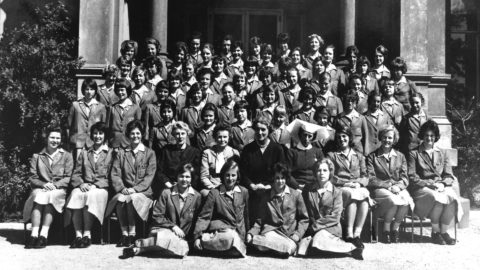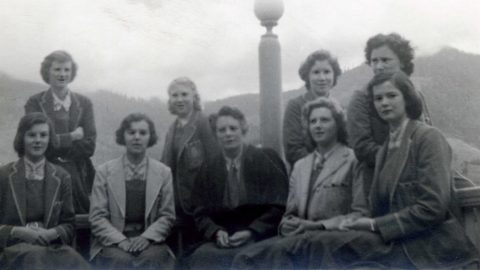
2021 – A History of Warburton
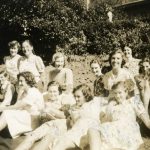
Mr John Steven
Council Member
An excerpt from the 125 Celebration Service, Thursday 4 February 2021
With the war coming closer to Australia in 1942, the Toorak site of the School was taken over by the Australian Government. The School was required to vacate within a fortnight to become a training base for the Women’s Auxiliary Australian Air Force. The WAAAF was the first and largest of the wartime Australian women’s services.
Each year, the Warburton Citizenship Award is given to a student in each level from Years 7-11 who demonstrate courtesy, consideration and loyalty and reflect high values and enthusiasm
for academic work and co-curricular involvement.
The naming of this award recognises a special time in our School’s history, with its evacuation from Toorak to Warburton during World War II. With the war coming closer to Australia in 1942, the Toorak site of the School was taken over by the Australian Government. The School was required to vacate within a fortnight to become a training base for the Women’s Auxiliary Australian Air Force. The WAAAF was the first and largest of the wartime Australian women’s services.
St Catherine’s was one of a number of Melbourne Schools – Merton Hall and Melbourne Grammar among them – to be requisitioned for military use. On 4 March 1942, after a final Assembly in Sherren House, St Catherine’s students and staff marched down the hill past Barbreck to Heyington Station to take a train to Warburton, where they were evacuated to its Chalet in the forests and gullies of the Dandenong Ranges (described in brochures at the time as ‘the Switzerland of Australia’). The Air force had been using the Warburton Chalet as a rest and recreation centre so it was an exchange of sorts. It was a three hour train ride for 280 students and a long walk from Warburton Station to the Chalet, where they remained for eight months. Lady Marigold Southey, whose
name adorns the St Catherine’s Sports and Aquatic Centre and who was a Patron and President of the School Foundation for many years, was one of those students.
The girls loved being there. There was some normality – for example, form plays, visits by sports teams from Fintona, Lauriston, Firbank and Merton Hall, confirmations at the Warburton Anglican Church and student groups raising money for worthy causes. It had a deep impact on everyone who was there.
It was an emotional time fifty years later (in 1992) when 125 Old Girls and surviving staff met at what remained of the Chalet to celebrate the anniversary. They could all vividly remember the
experience as if it was today: “the swedes grown in the Chalet grounds, the sticky buns for afternoon tea, the squares of pink and green blancmange, the midnight feasts of Violet Crumbles
and Hillier’s chocolates left by visiting parents, the rooster that woke one dormitory each morning, the craze for catching tadpoles, newborn lambs in the paddock nearby, visits to the Fruit Salad
Farm up the gully, cold winter mornings, the soft mists…”
The experience was to have a lasting effect upon the ethos of St Catherine’s as a School. With the predominantly day school transforming overnight into a country boarding school with a sense of adventure and ‘we’re all in this together’, a strong bond developed between all the year groups (including senior and junior girls), as they adjusted to the new world they now lived. This deep bond has endured all these years.
Perhaps this was the genesis of the strong bonds that continue to form amongst St Catherine’s students to this day across year groups.
-
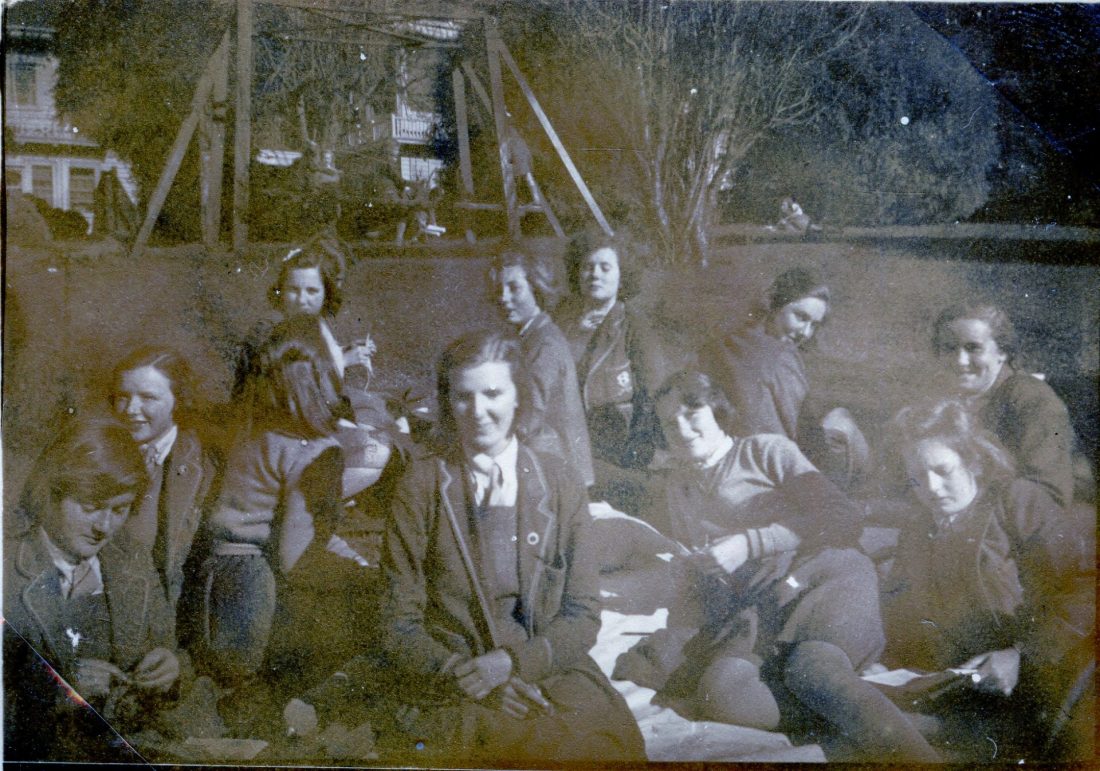
1942 Warburton Group of Senior students
-
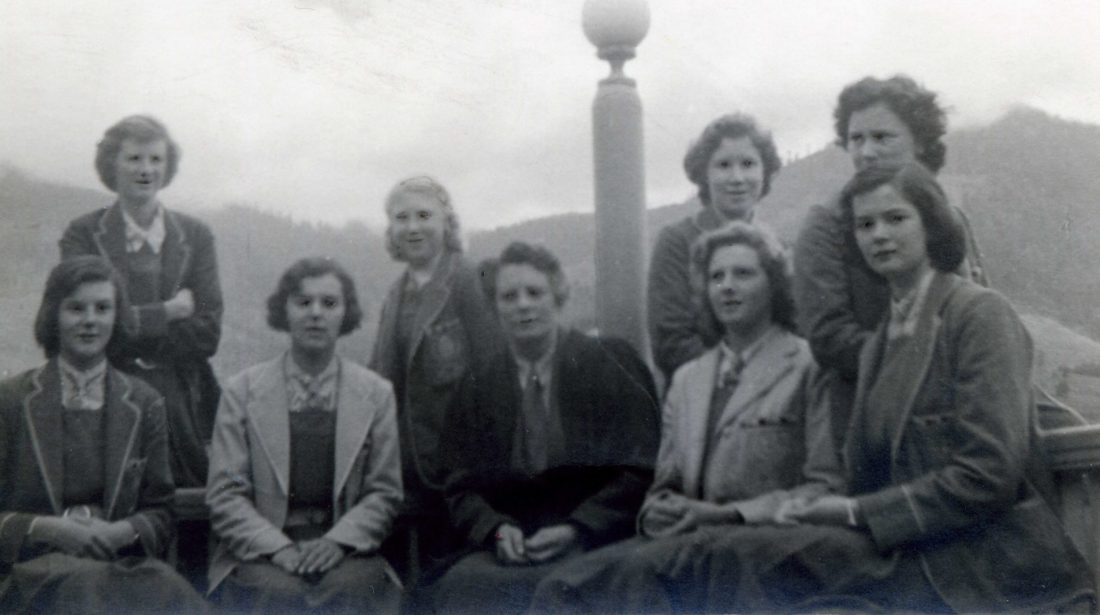
1942 Warburton Collection014
-
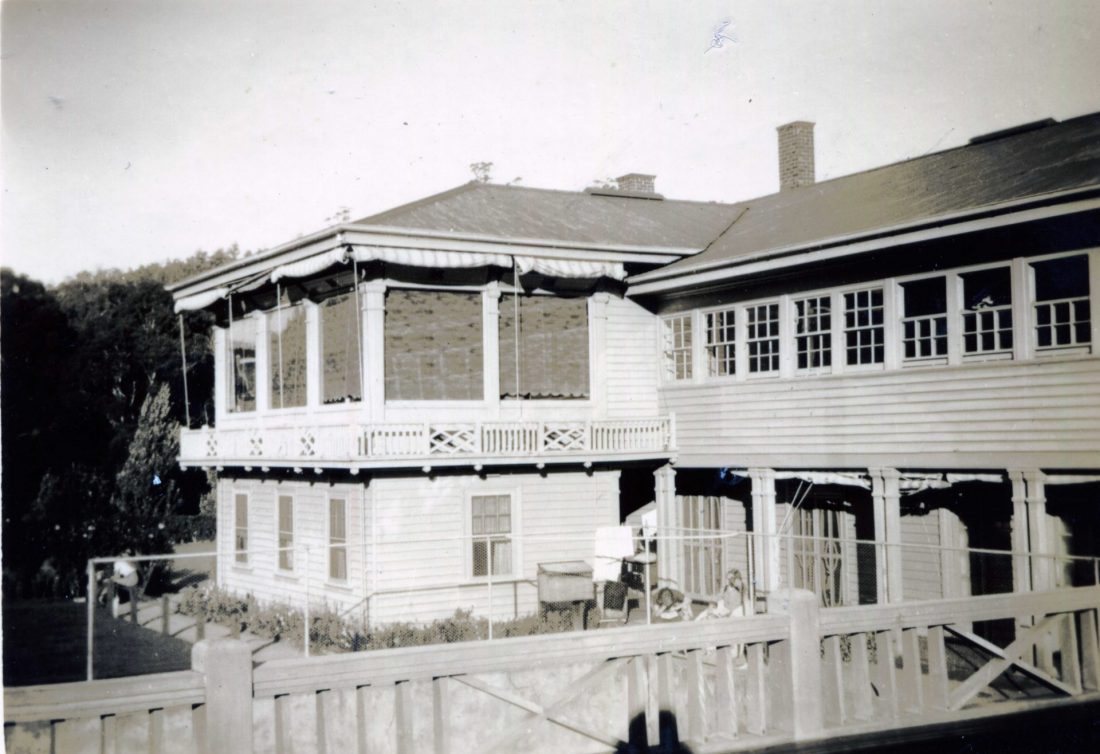
1942 Warburton Collection010
-
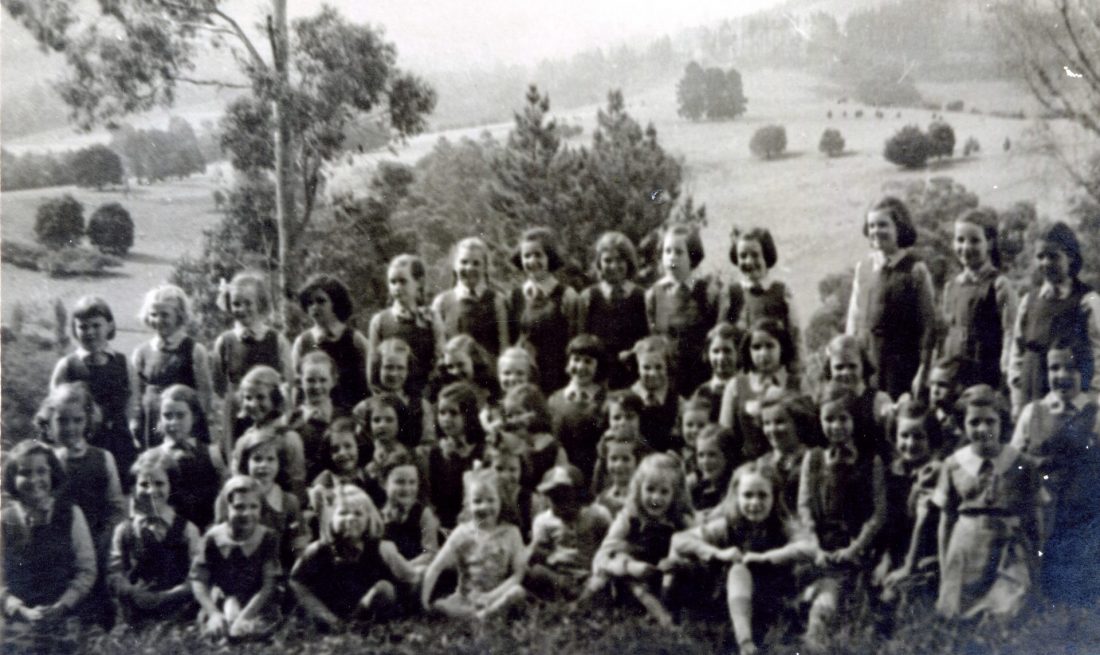
1942 Warburton Collection009
-
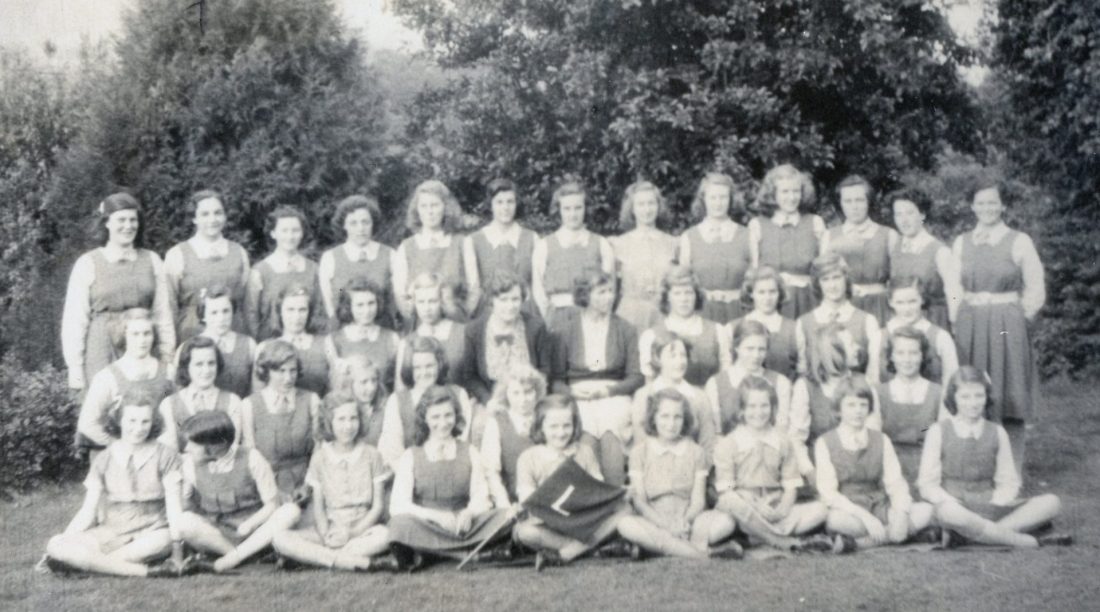
1942 Warburton Langley House detail
-
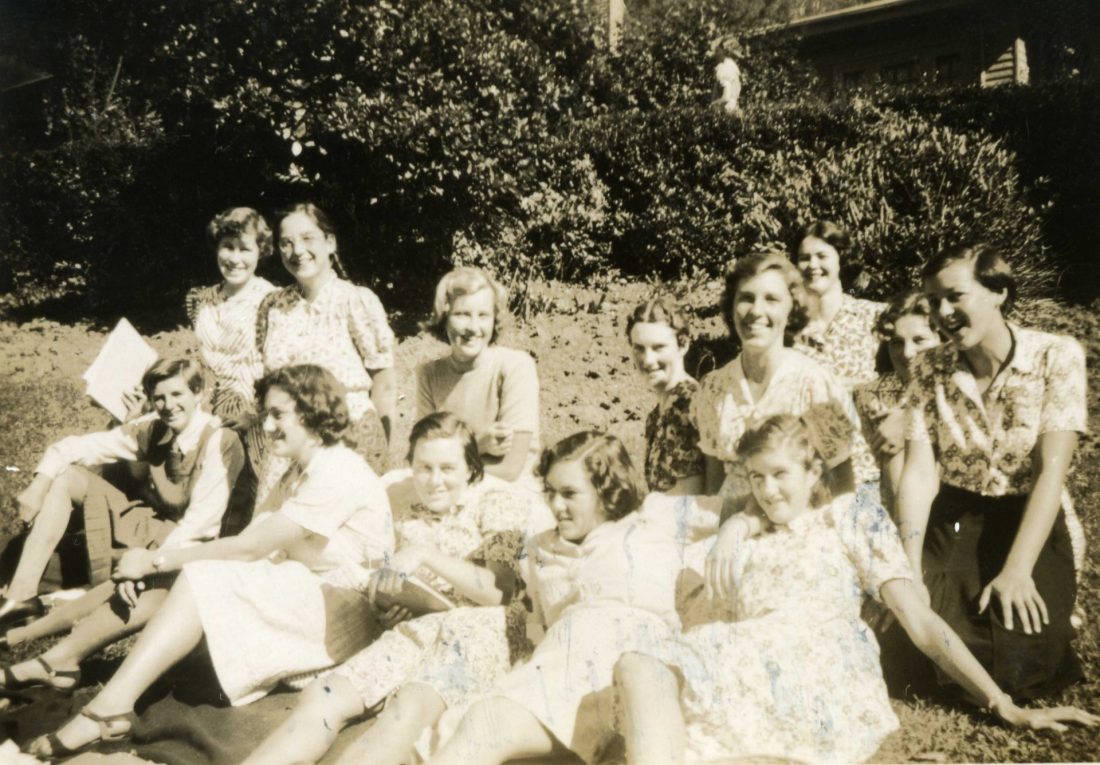
1942 Warburton Collection020


